Current transatlantic research teams (2020-2022)
In May 2020, six new teams were selected to initiate research projects (click here for project abstracts).

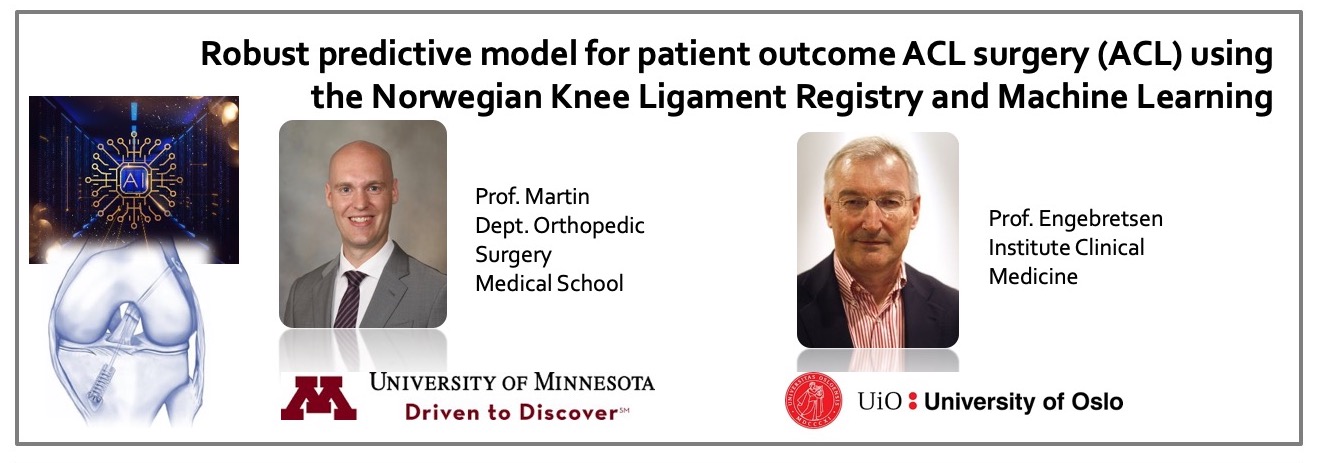
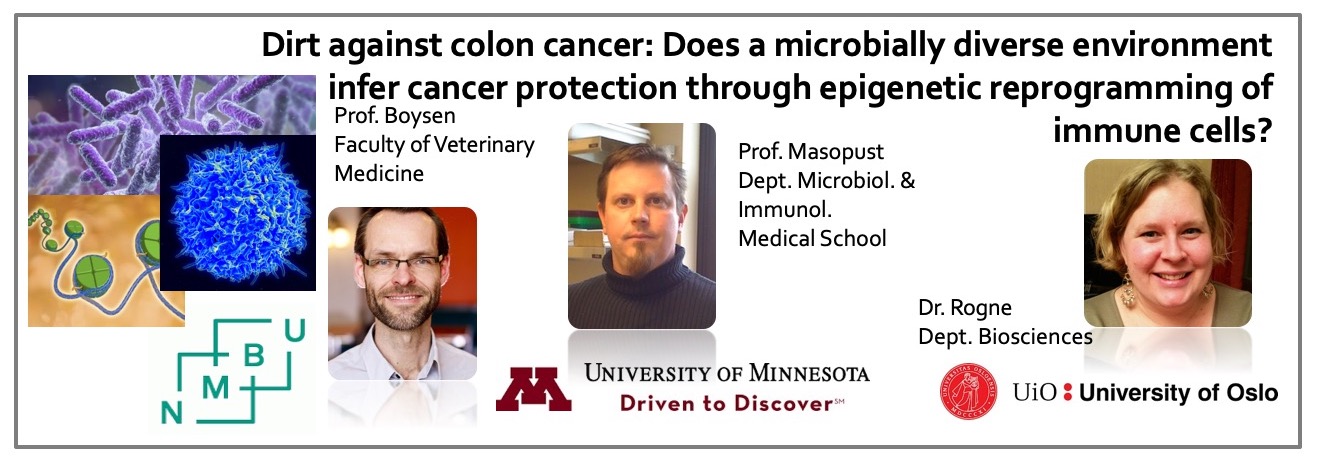
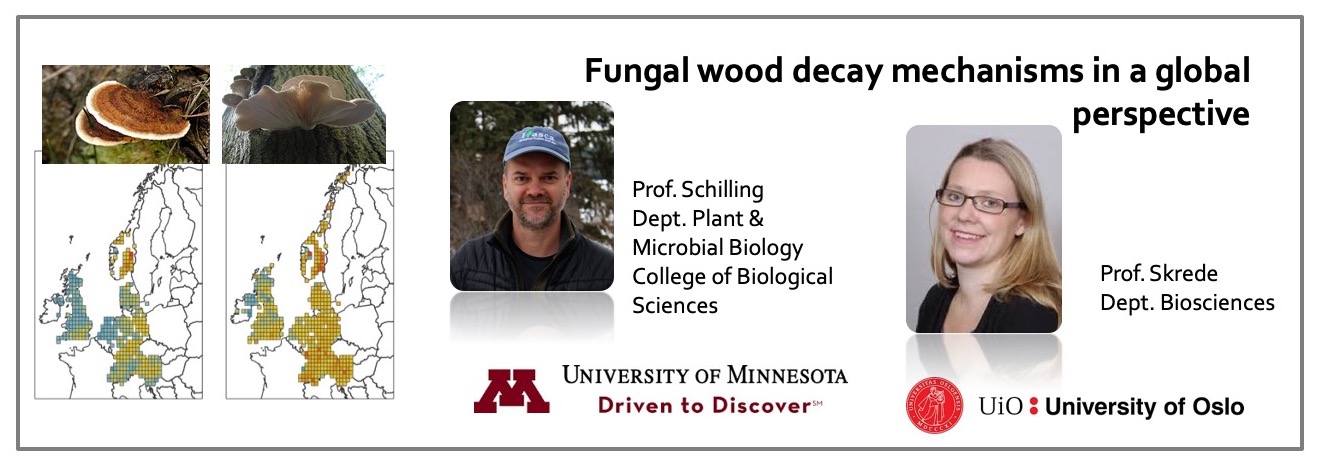

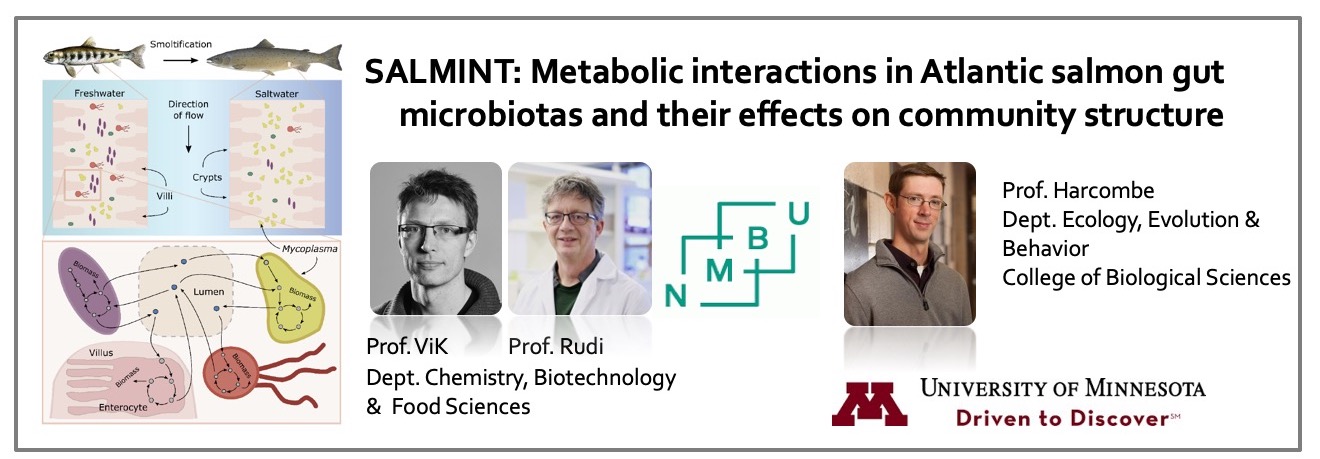
Past research teams - 2018-20
In May 2018, seven new teams were selected to initiate research projects (click here for project abstracts) starting in the Summer of 2018.
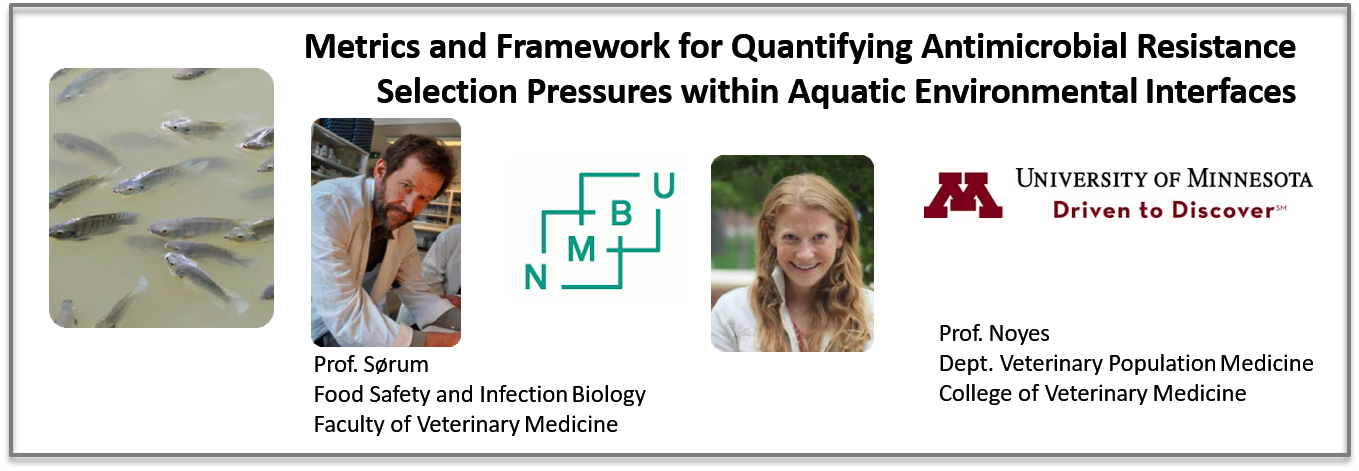
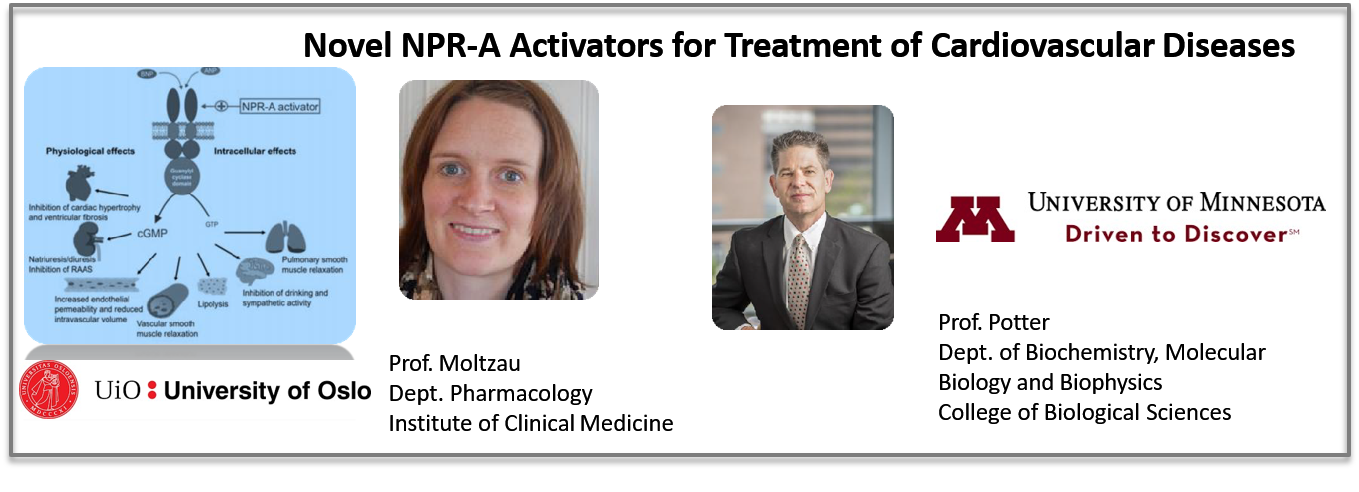

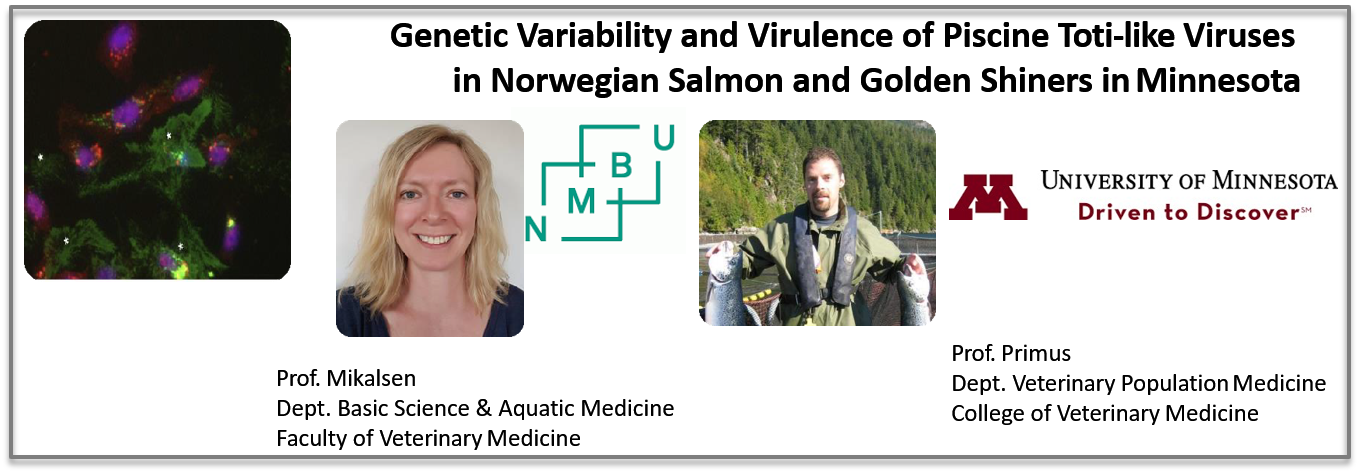

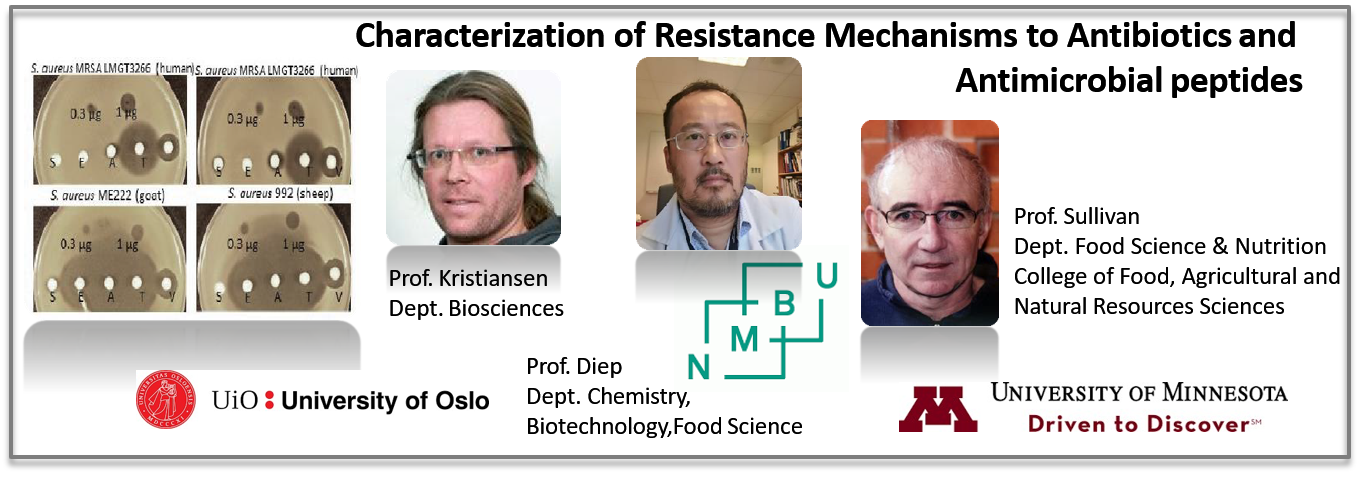
Past research teams
Past research teams - 2016-18
In June 2016, six teams were selected to initiate new research projects (click here for project abstracts) starting in the Fall of 2016.

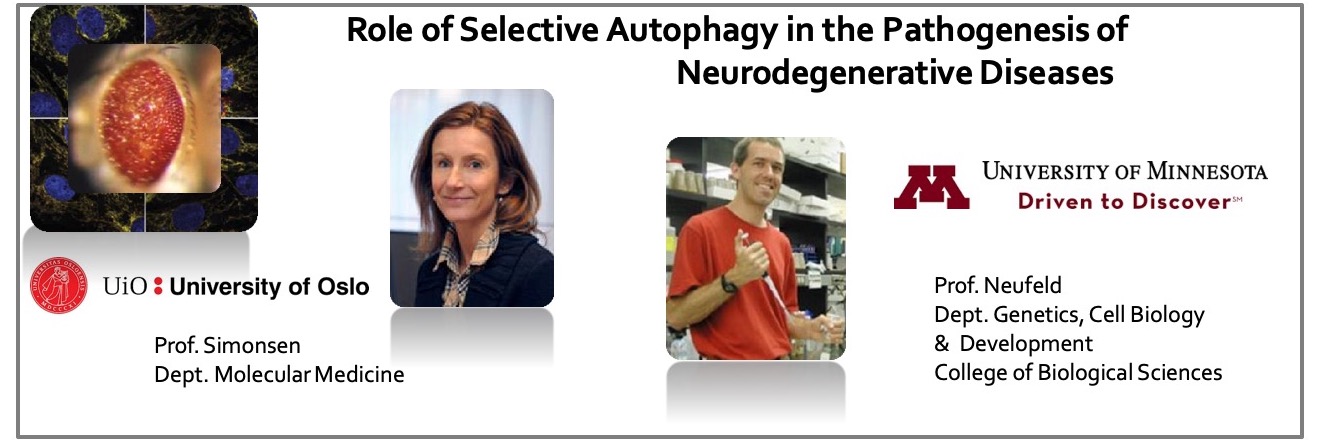

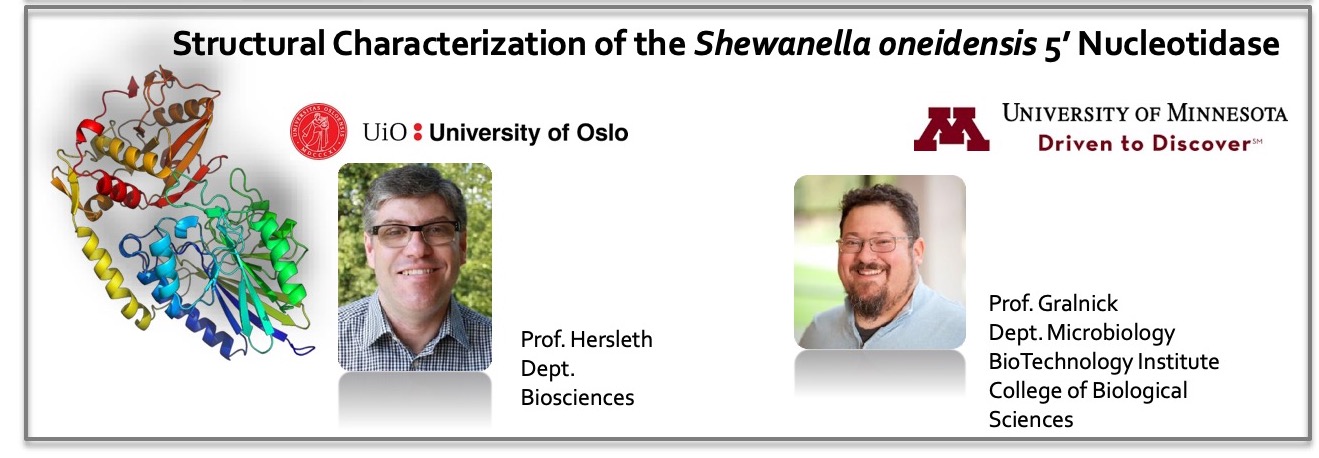


Past research teams - 2015-17
In June 2015, a first group of transatlantic research teams were selected. A listing of the researchers and their projects is shown below.
Structural characterization of the manganese transporter MntH of Escherichia coli
Robert Brooker, University of Minnesota | Preben Morth, University of Oslo

Thermodynamics and kinetics of bacteriocin mechanism of action
Yiannis Kaznessis, University of Minnesota | Dzung Diep, Norwegian University of Life Sciences | Jon Nissen-Meyer, University of Oslo

Establishing a novel mouse model to study APOBEC-catalyzed DNA damage and its misrepair as a major source of mutation in cancer
Hilde Nilsen, University of Oslo | Reuben Harris, University of Minnesota

The role of phosphoinositide binding proteins in autophagy and disease
Thomas Neufeld, University of Minnesota | Anne Simonsen, University of Oslo

Supply chain analysis of United States and Norwegian bioenergy policies
Dennis Becker, University of Minnesota | Erik Trømborg, Birger Sølberg, Hanne Sjølie, Berit Lindstad, Norwegian University of Life Sciences

Using Lidar to enhance forest inventories
Ronald McRoberts, University of Minnesota | Erik Næsset, Terje Gobakken, Norwegian University of Life Sciences
